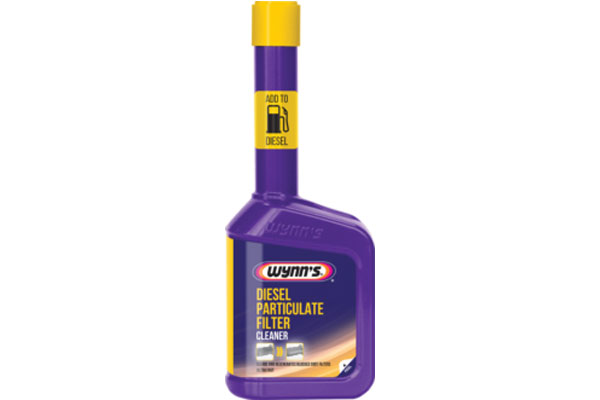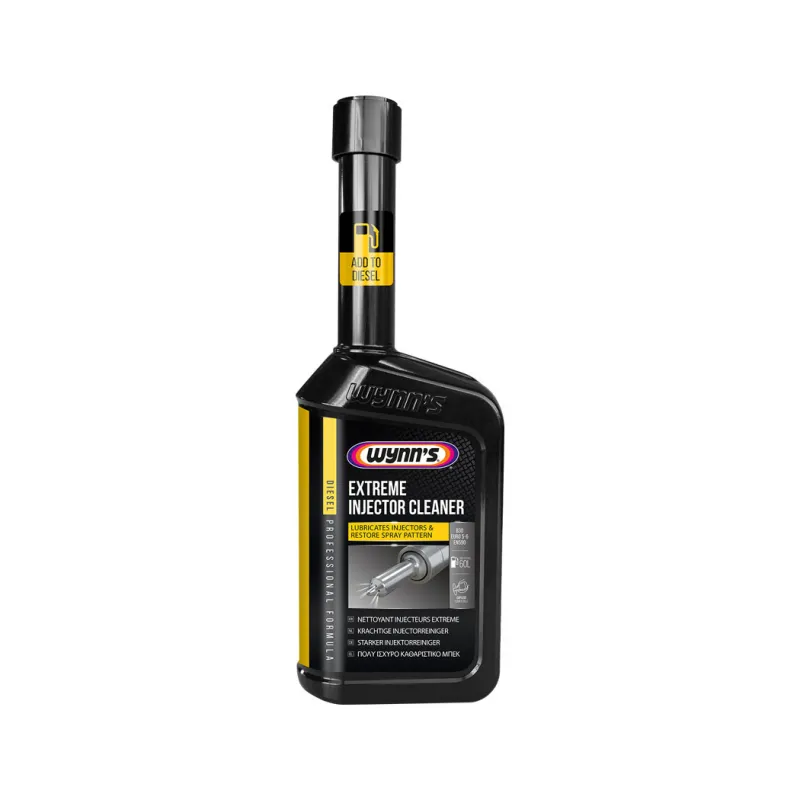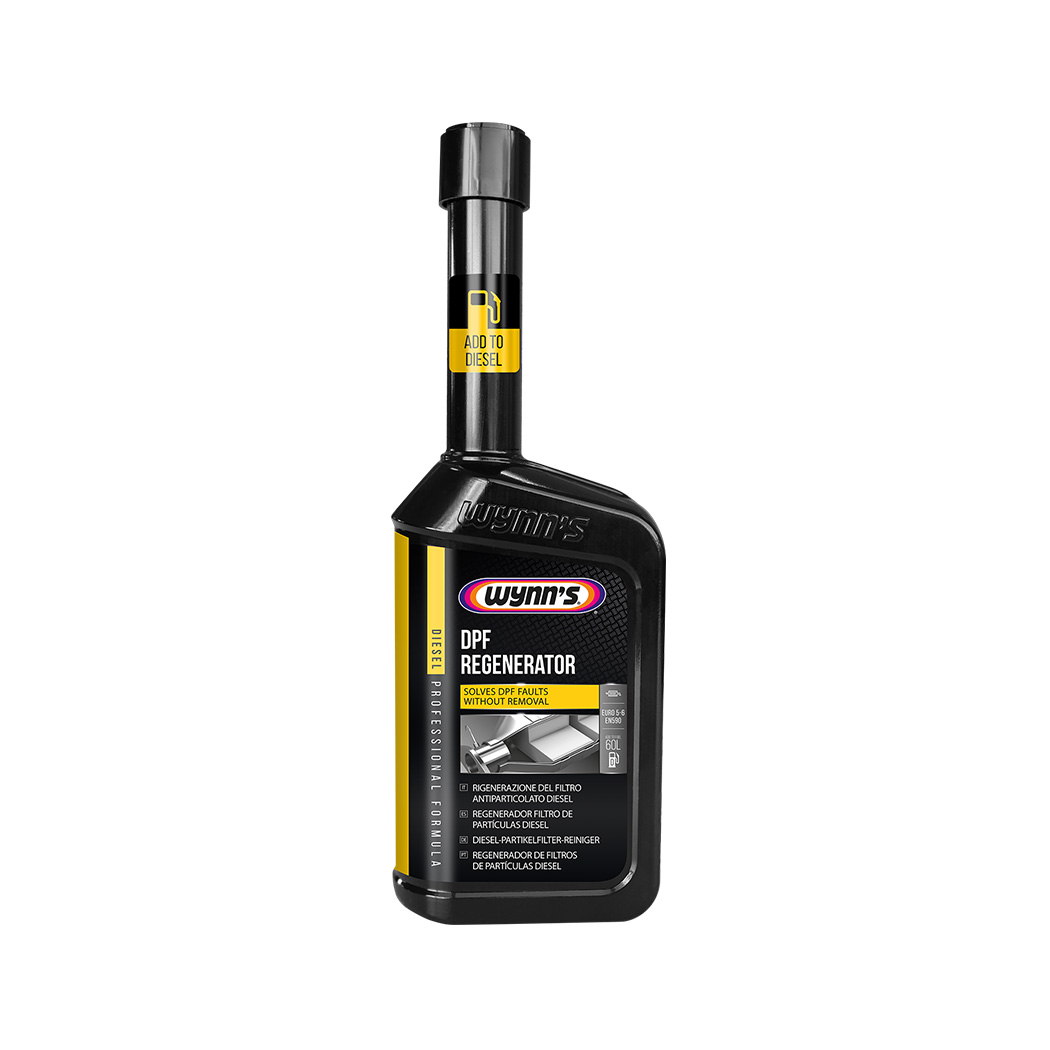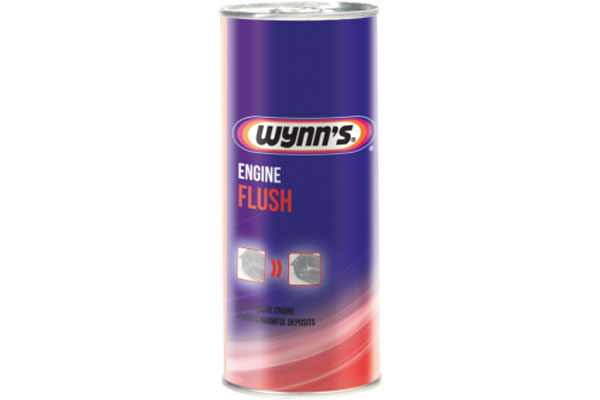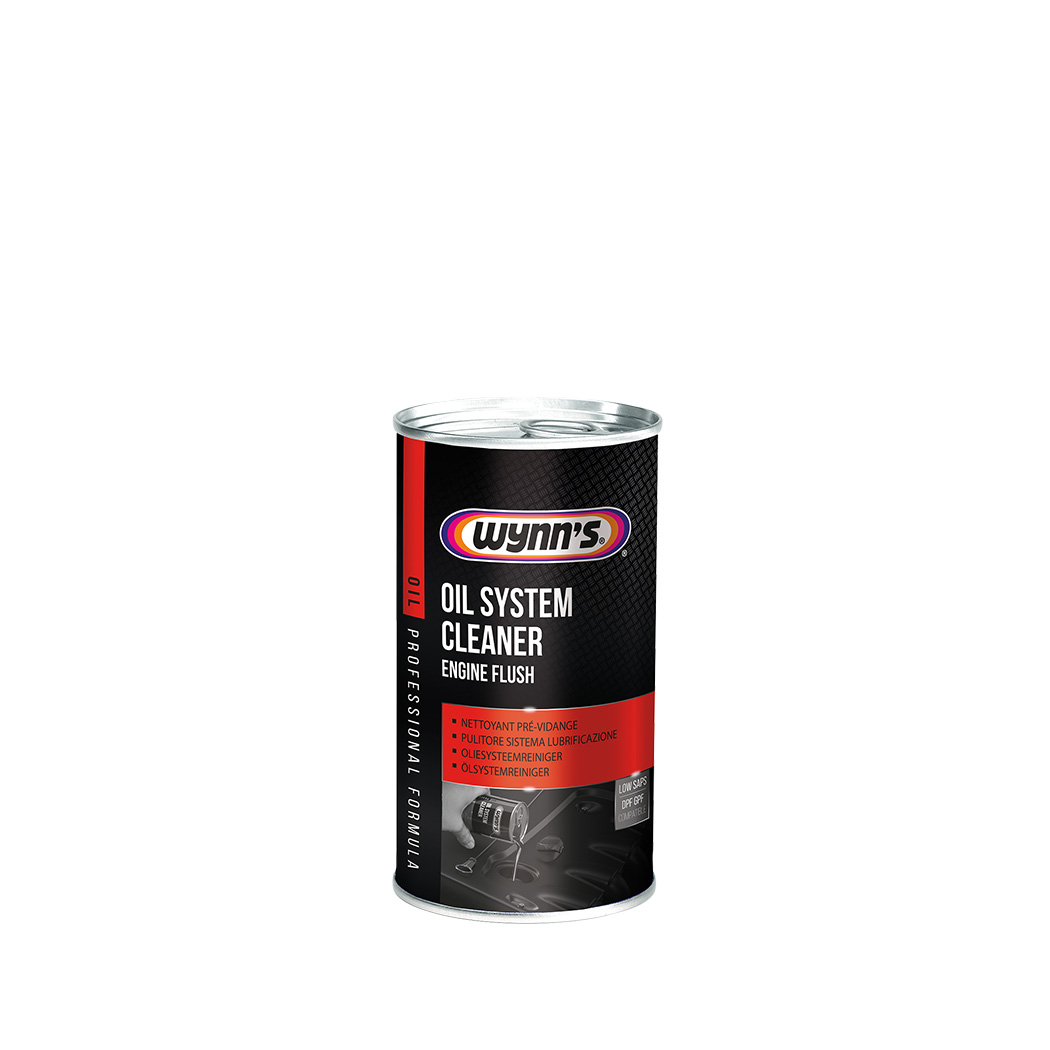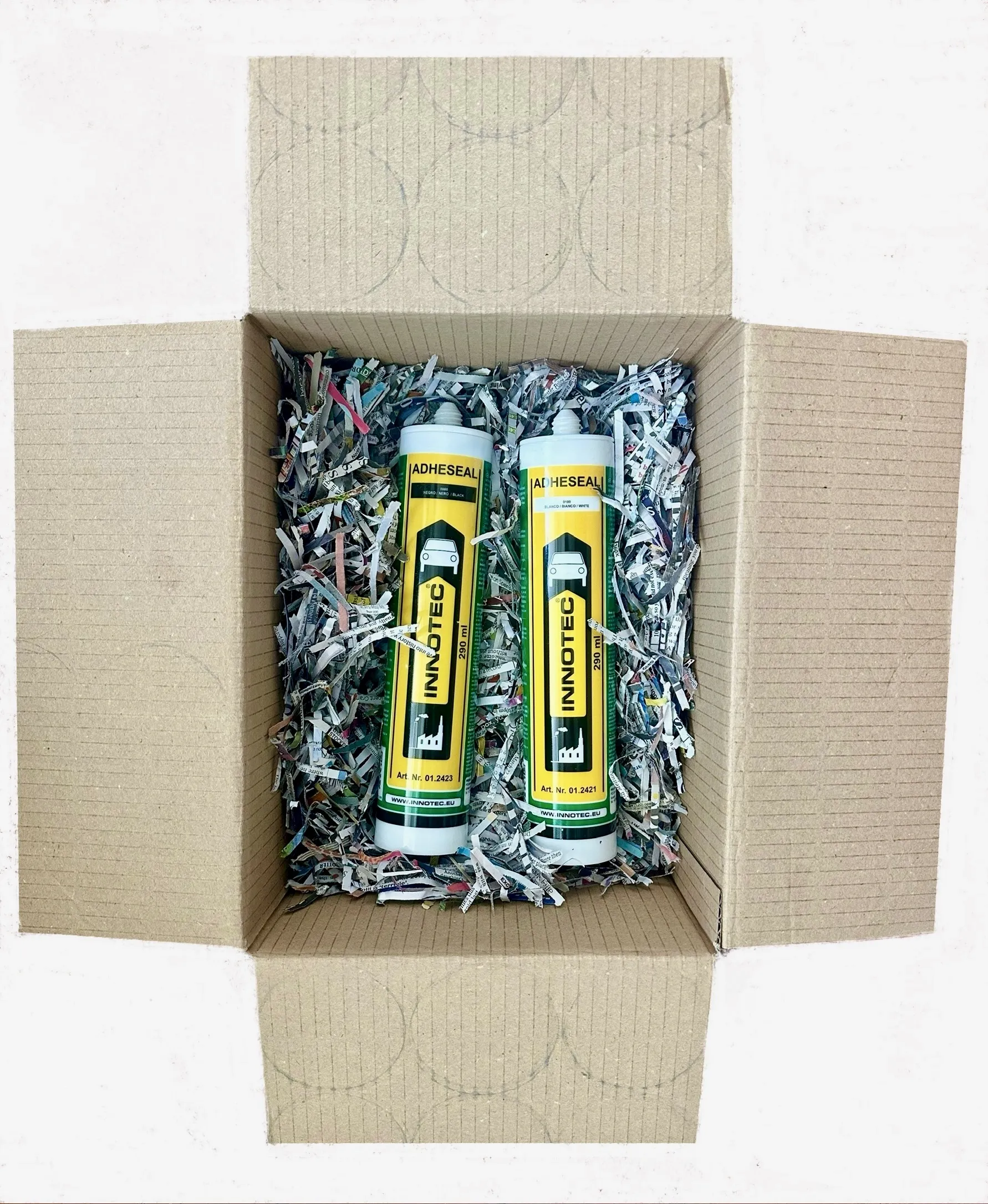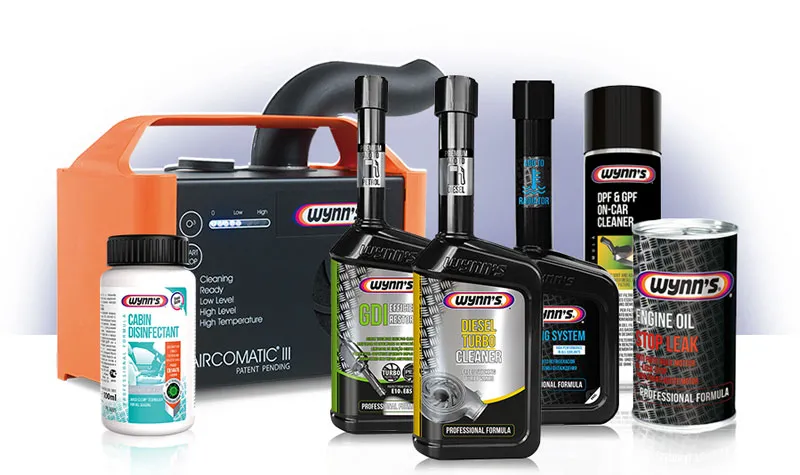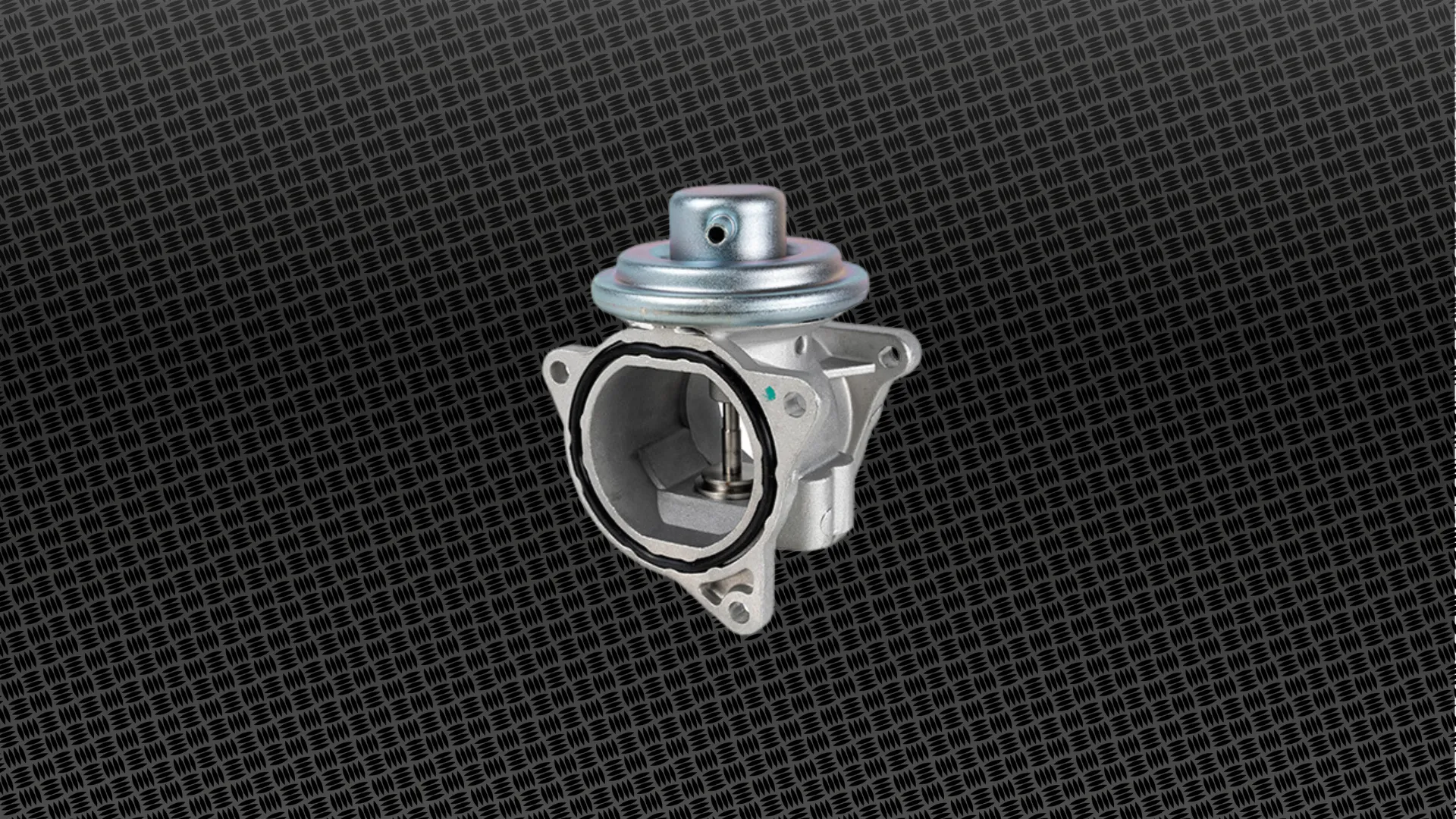What is a Diesel Particulate Filter?
A Diesel Particulate Filter (DPF) is a device used in diesel engines to reduce the emission of soot particulates. These filters trap and store exhaust soot in order to prevent it from being released into the atmosphere.
The DPF is designed to capture and hold the soot particles until they can be burned off during a process known as regeneration. This occurs when the filter reaches a certain temperature.
DPFs are critical in meeting environmental regulations aimed at reducing air pollution from diesel vehicles. However, over time, these filters can become clogged, requiring maintenance or regeneration to keep them functioning effectively.
What are the types of regeneration?
1. Passive Regeneration: Occurs during normal driving conditions when the exhaust temperature is high enough, typically over 250°C.
2. Active Regeneration: When passive regeneration fails, the vehicle’s engine management system injects extra fuel to raise the exhaust temperature to over 550°C in order burn off accumulated soot.
3. Forced Regeneration: This is a workshop-based process where a diagnostic tool is used to initiate regeneration. The vehicle is usually stationary, and the engine is run at higher RPMs to increase exhaust temperature and clear the DPF. It is essential that oil and coolant levels are check before this procedure.
What will prevent regeneration?
There are several factors which can prevent a Diesel Particulate Filter (DPF) from regenerating properly, leading to a clogged filter.
Frequent Short Trips and stop-start city driving: prevent the engine from reaching the necessary temperatures for passive or active regeneration to occur.
Low fuel levels: Less than 25% of a tank will stop regeneration to reduce fuel consumption.
Faulty sensor: Exhaust temperature, pressure, oxygen or speed.
Oil contamination: oil leaks into the combustion chamber due to issues such as worn valve seals, piston rings, turbo seals. Oil in the exhaust system can also lower combustion temperature, so the operating temperature is never reached.
Faulty EGR valve: A malfunctioning EGR valve can affect the engine’s combustion process, leading to more soot production. Excessive soot buildup can overwhelm the DPF before regeneration can happen.
Low additive levels: with vehicles fitted with an Eolys tank.
Driving style: Driving at low speeds and idling for extended periods leads to insufficient exhaust heat, which is necessary for passive regeneration.
Faulty Glow Plugs: Glow plugs help with combustion in diesel engines. Faulty glow plugs may cause incomplete combustion, increasing soot production and preventing regeneration from happening effectively.
Engine Management Issues: Problems with the ECU (Engine Control Unit) or software glitches can prevent the regeneration process from being triggered.
Air leaks in the air intake system: Can give faulty readings, causing the engine to run lean (too much air, not enough fuel), leading to lower engine temperature.
How do we best rectify the problem?
We can confirm that unless the DPF is at the end of it’s useful live, the filter is unlikely to be the issue.
With moderate levels of soot in the DPF, the vehicle may present a warning light. In this case, passive regeneration has not been successful, so active regeneration is necessary.
In this instance the ‘in-tank’ Wynn’s Diesel Particulate regenerator may rectify the fault.
Procedure:
1. Add the bottle of DPF Regenerator to at least 40 litres of fuel.
2. Drive for at least 10 minutes at a consistent speed where possible.
If the problem persists, we recommend you visit a garage.
For confident mechanics we advise the following:
1. Add one bottle of DPF Regenerator to at least 40 litres of fuel.
2. Add one bottle of Diesel extreme cleaner
3. Add one bottle of Oil System Flush to the engine oil and idle for 20 minutes.
5. drain engine oil and refill with fresh oil.
6. Drive for at least 10 minutes at speeds over 40 mph where possible.
WATCH WYNN'S TOP TIPS VIDEO - DPF REGENERATOR.
Information provided by SWL and Wynn's 2025.


